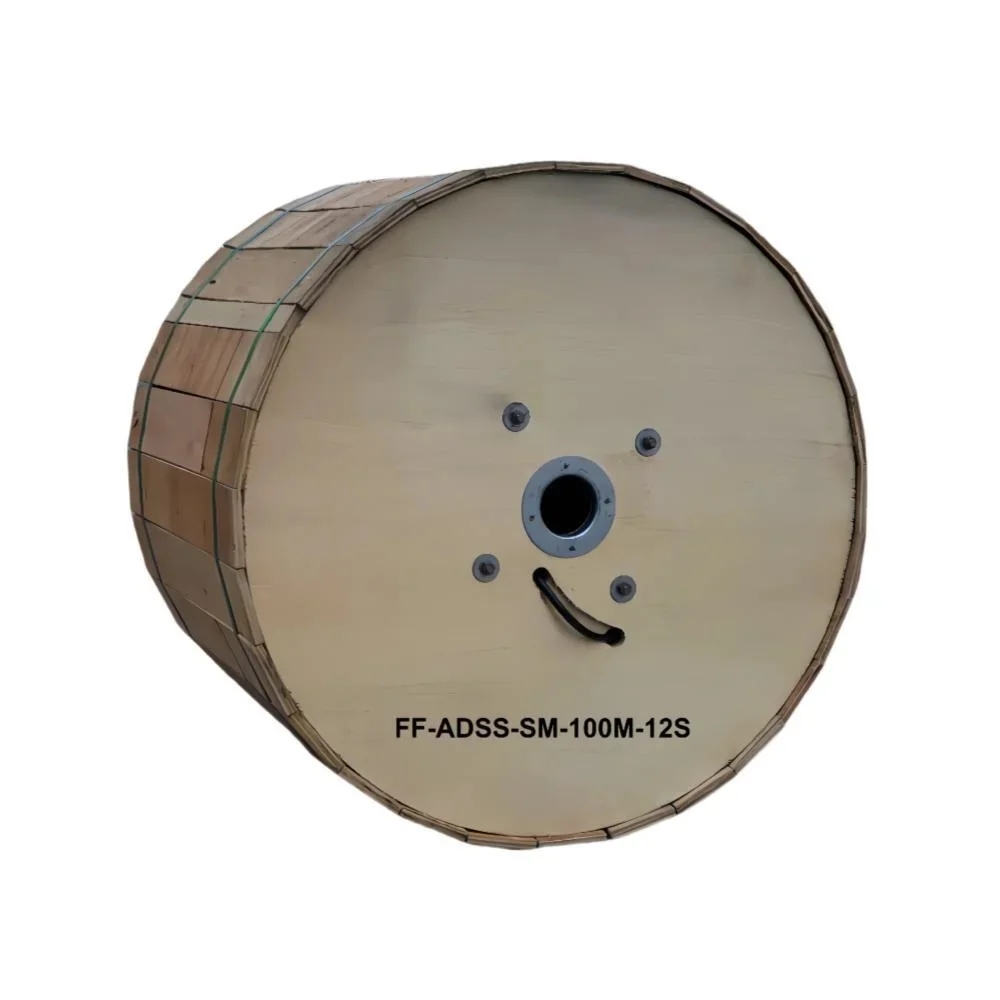How to Troubleshoot Common Issues with ADSS Cables
ADSS (All-Dielectric Self-Supporting) cables are essential for modern telecommunications, providing reliable connectivity in outdoor aerial applications. At FlyingFiber, we offer high-quality ADSS cables, such as the ADSS Cable SM 12F 100M Span PE Single Jacket, designed to withstand various environmental challenges. However, like any fiber optic cable, ADSS cables can encounter issues over time. This blog will guide you through common problems and troubleshooting tips to ensure optimal performance and longevity.

1. Signal Loss or Poor Performance
Possible Causes:
- Physical Damage: Cuts or abrasions on the cable can lead to signal degradation.
- Improper Installation: Incorrect installation techniques may result in excessive bending or tension on the cable.
Troubleshooting Steps:
- Inspect the cable for any visible damage, including kinks or cuts.
- Ensure that the installation adheres to recommended guidelines, including maintaining proper bending radii (20D for static and 30D for dynamic bending).
2. Water Ingress
Possible Causes:
- Seal Failure: If the cable’s seals are compromised, moisture can enter the cable.
- Improper Termination: Incorrectly terminated ends can allow water to seep in.
Troubleshooting Steps:
- Check all terminations and seals for integrity.
- If water ingress is suspected, consider replacing affected sections of the cable.
3. Excessive Attenuation
Possible Causes:
- Connector Issues: Poorly connected fibers can result in increased attenuation.
- Bend Radius Violations: Exceeding the minimum bend radius can lead to signal loss.
Troubleshooting Steps:
- Test all connectors for proper alignment and cleanliness.
- Ensure that the cable is installed within specified bend radius limits.
4. Mechanical Stress
Possible Causes:
- Over-tensioning: Excessive tension during installation can damage the fibers inside the cable.
- Environmental Factors: High winds or ice accumulation can exert additional stress on the cable.
Troubleshooting Steps:
- Review installation tension settings and ensure they comply with manufacturer specifications (e.g., Max Allowable Tension of 2000 N).
- Regularly inspect cables for signs of stress or deformation due to environmental factors.
5. Interference from External Sources
Possible Causes:
- Electromagnetic Interference (EMI): Nearby electrical equipment may interfere with signal transmission.
- Physical Obstructions: Trees or buildings may obstruct the line of sight, affecting performance.
Troubleshooting Steps:
- Identify potential sources of EMI and relocate cables if necessary.
- Ensure that the installation path is clear of obstructions that could impact signal quality.
6. Connector Corrosion
Possible Causes:
- Environmental Exposure: Prolonged exposure to moisture and pollutants can lead to corrosion of connectors.
Troubleshooting Steps:
- Regularly inspect connectors for signs of corrosion or damage.
- Use protective coatings or enclosures to shield connectors from environmental factors.
Conclusion
Troubleshooting common issues with ADSS cables is essential for maintaining their performance and reliability in telecommunications applications. By following these guidelines—inspecting for physical damage, ensuring proper installation techniques, checking for water ingress, monitoring mechanical stress, addressing interference issues, and maintaining connectors—you can effectively address problems and extend the life of your ADSS cables. At FlyingFiber, we are dedicated to providing high-quality fiber optic solutions tailored to your needs. If you encounter persistent issues or require further assistance, don’t hesitate to reach out for expert support!



